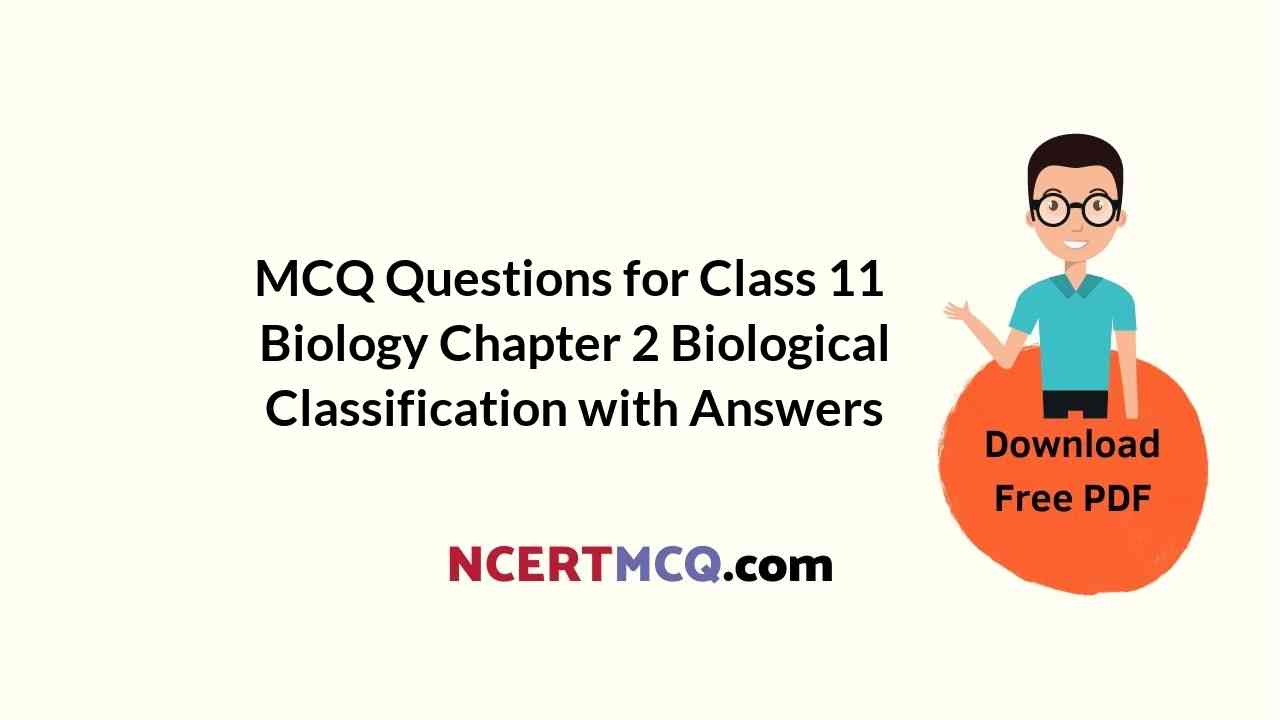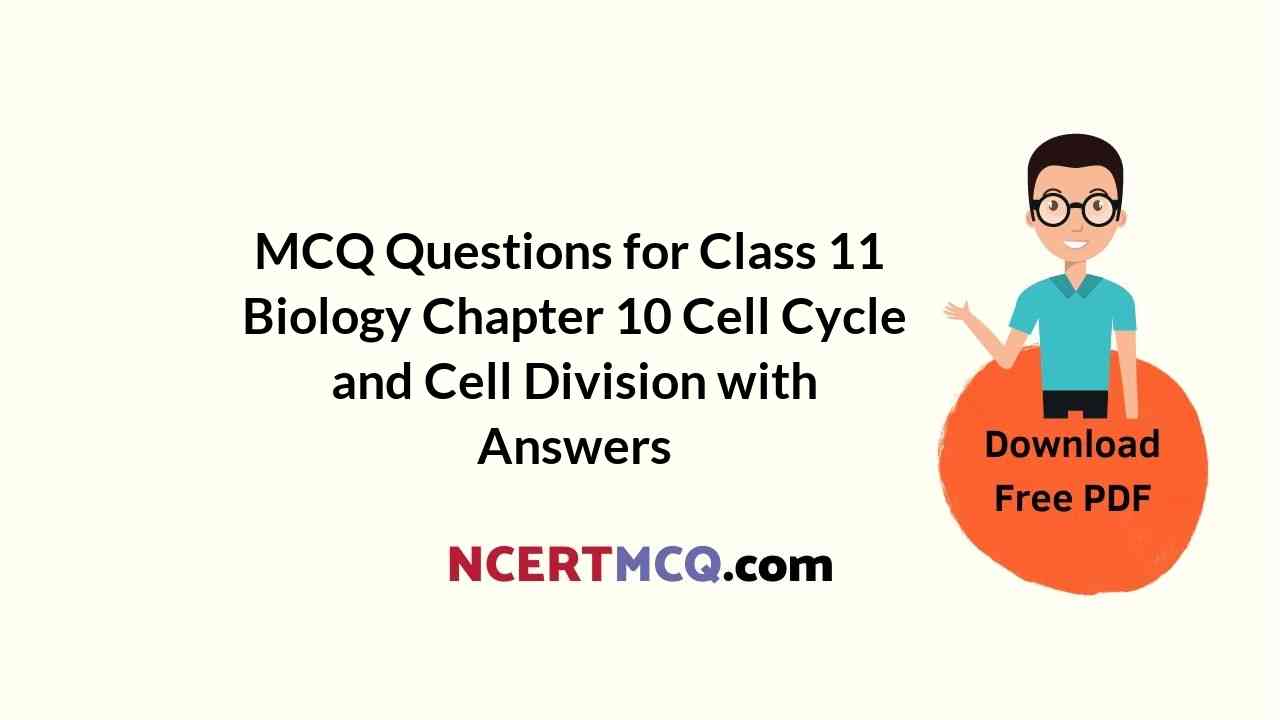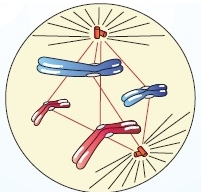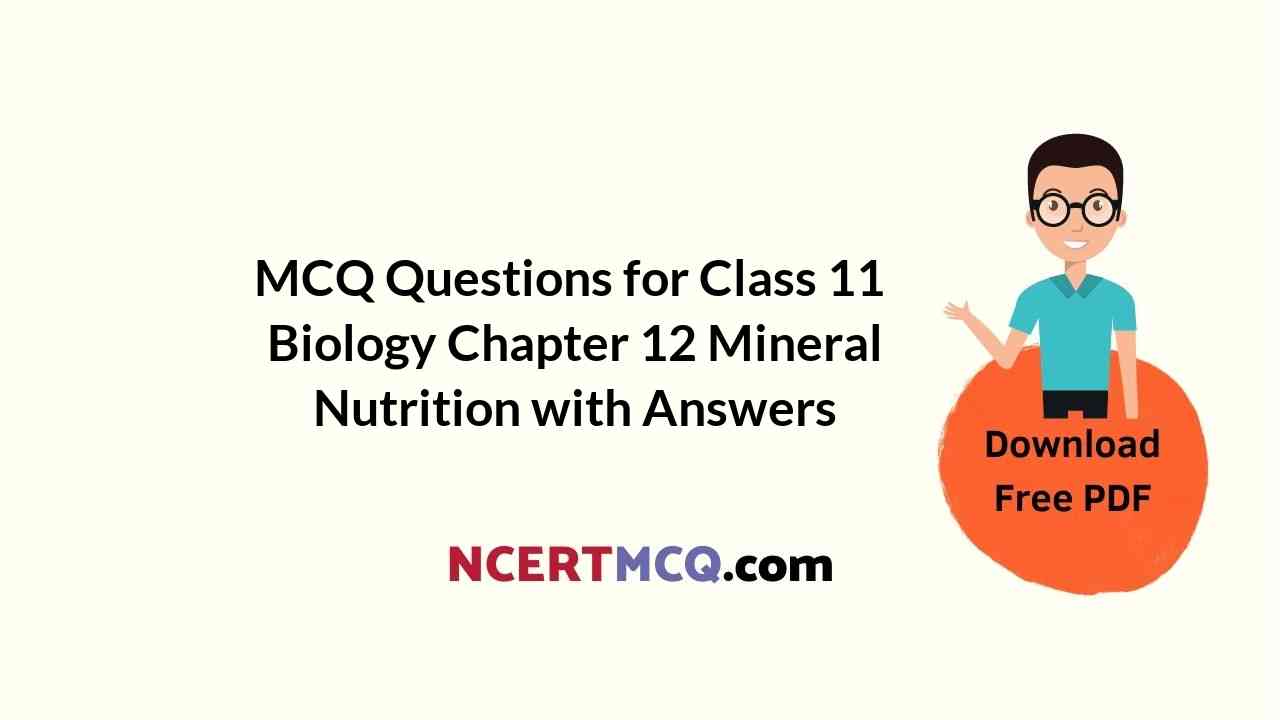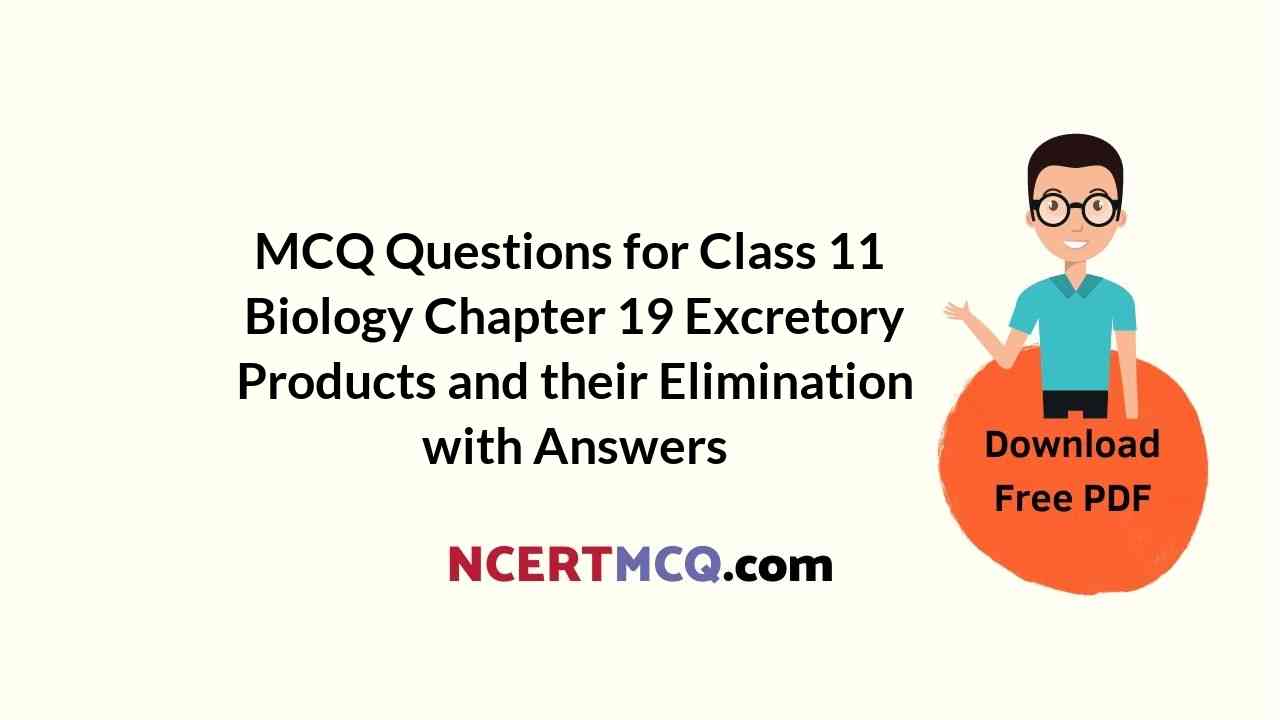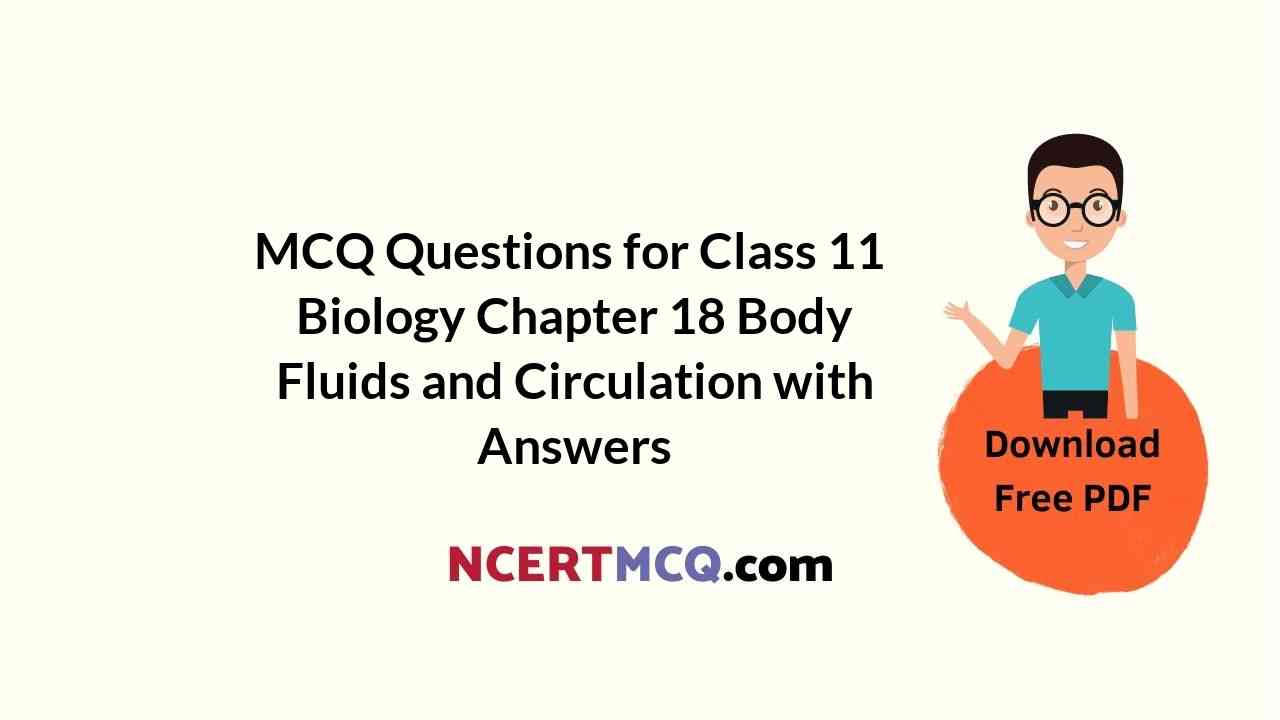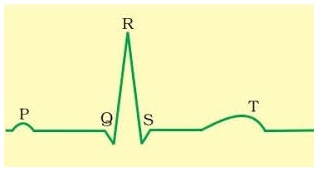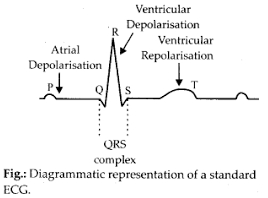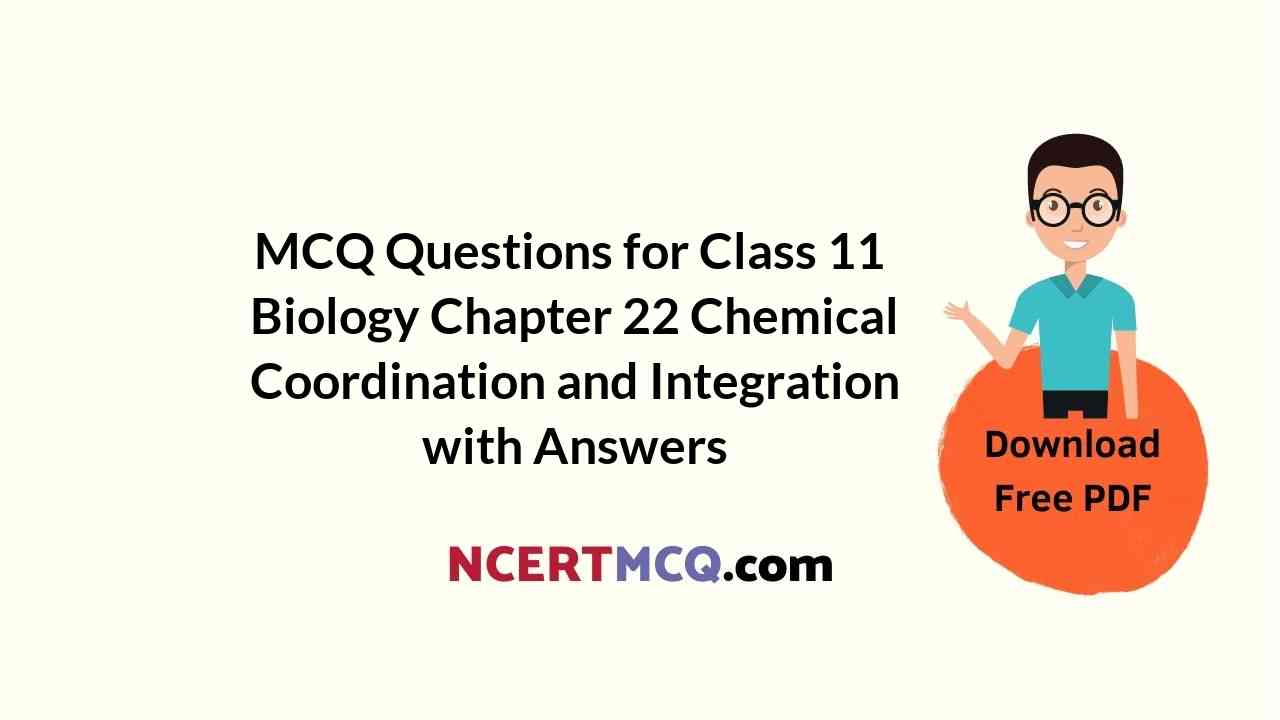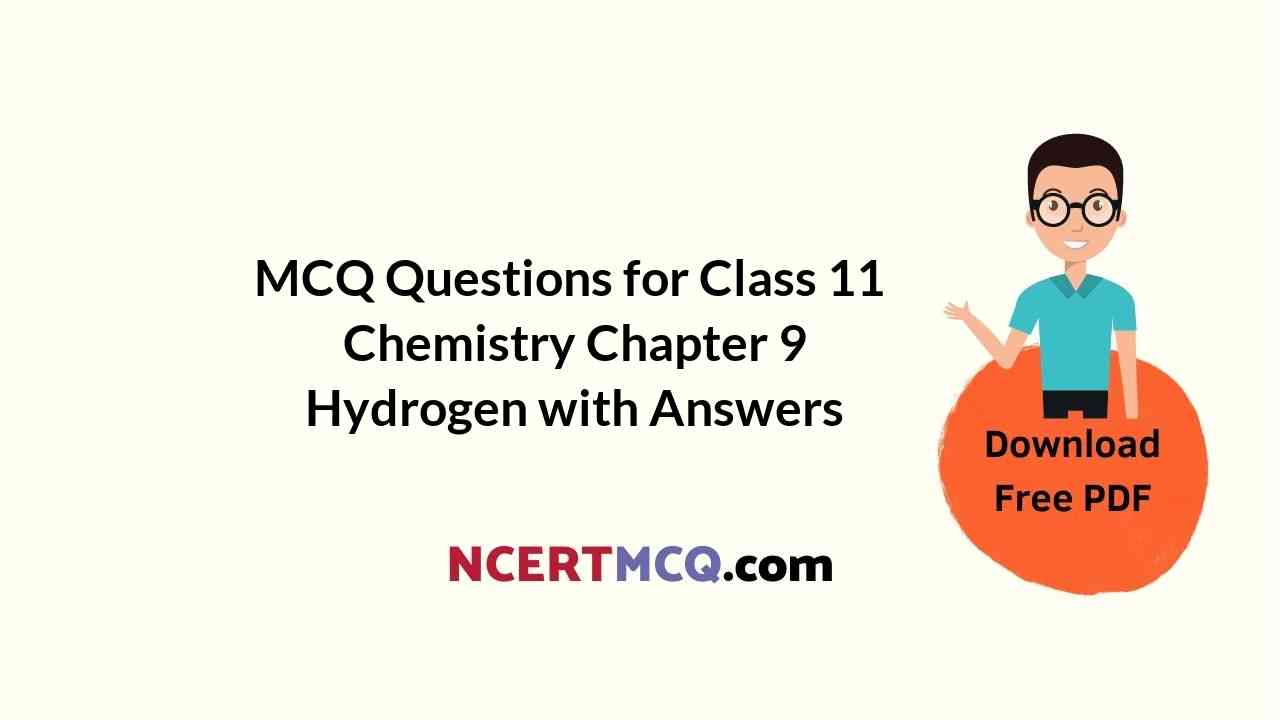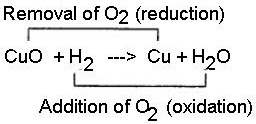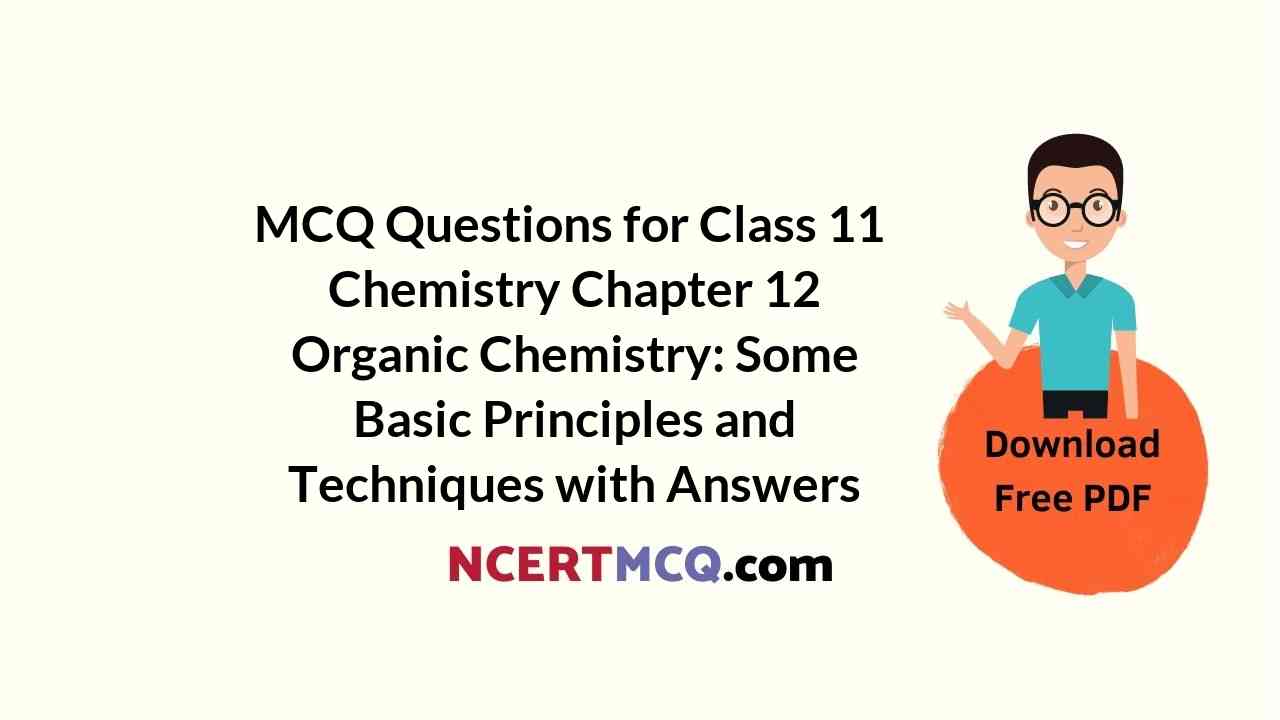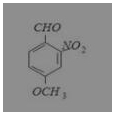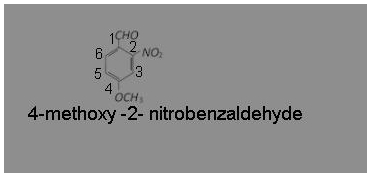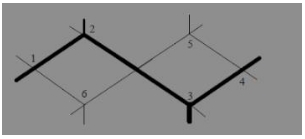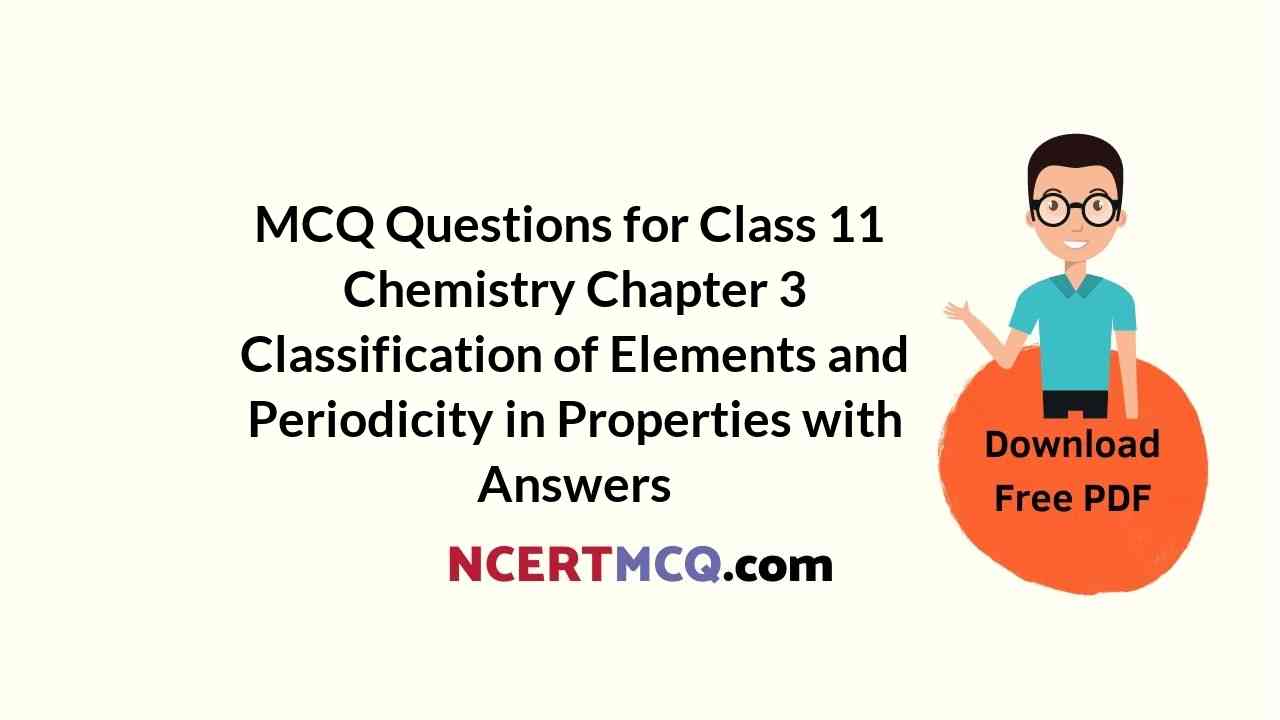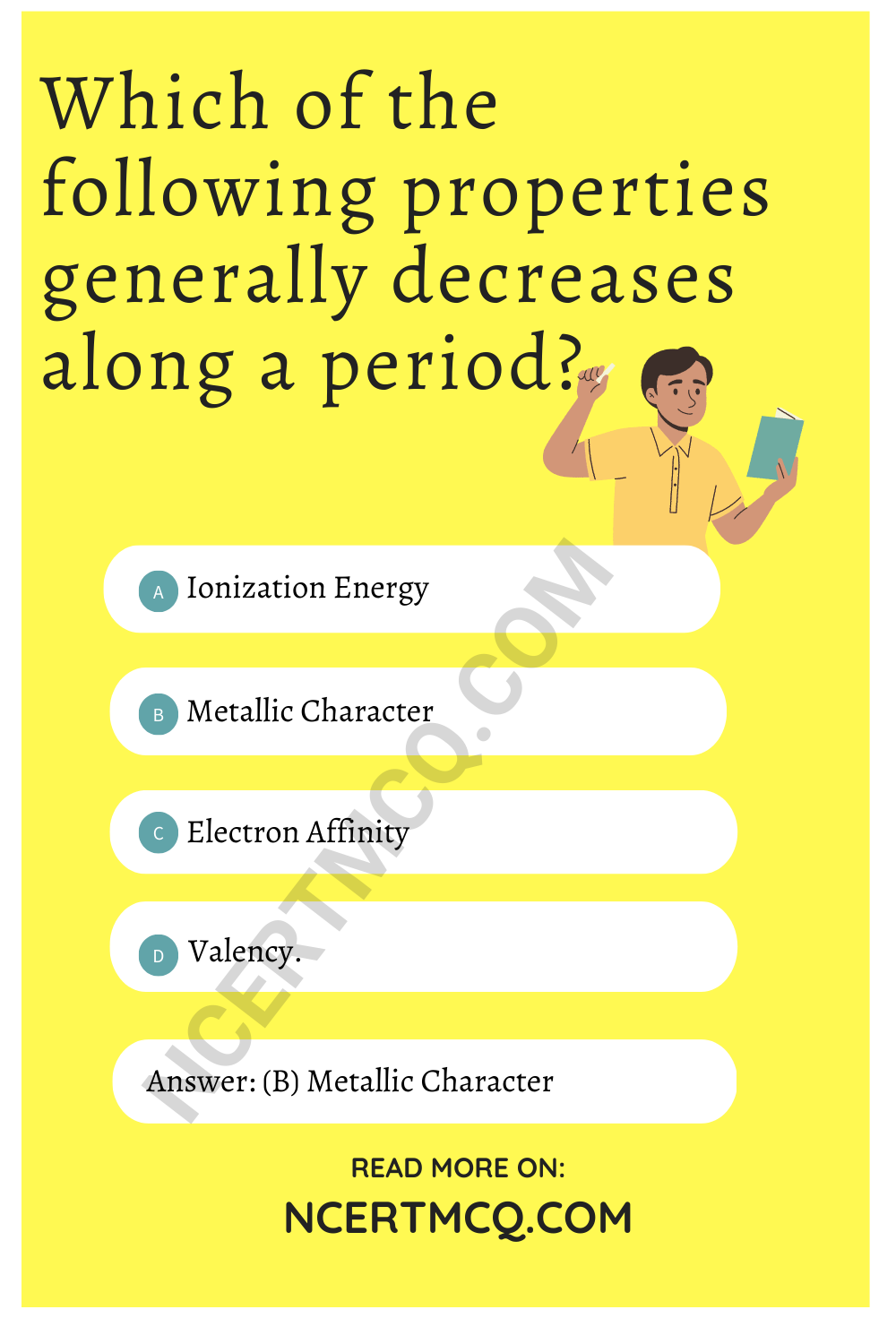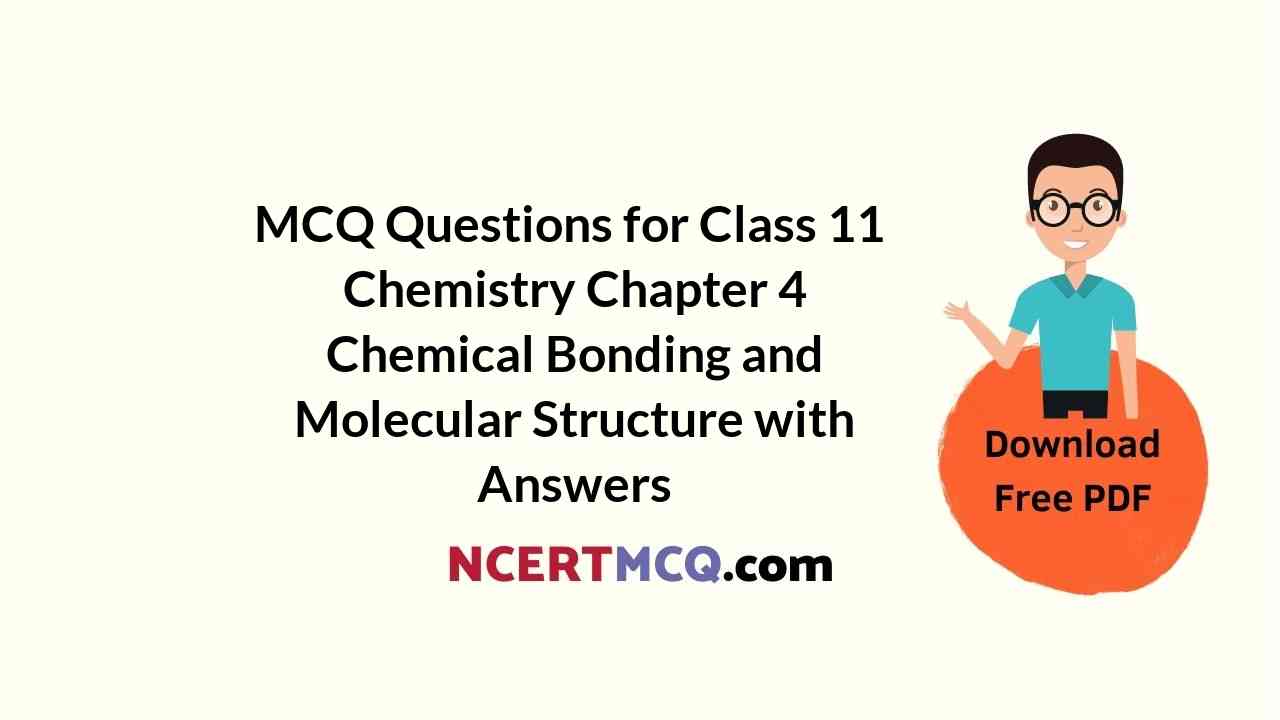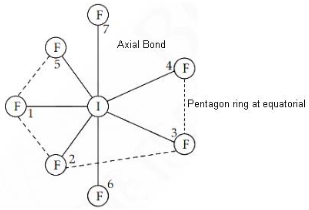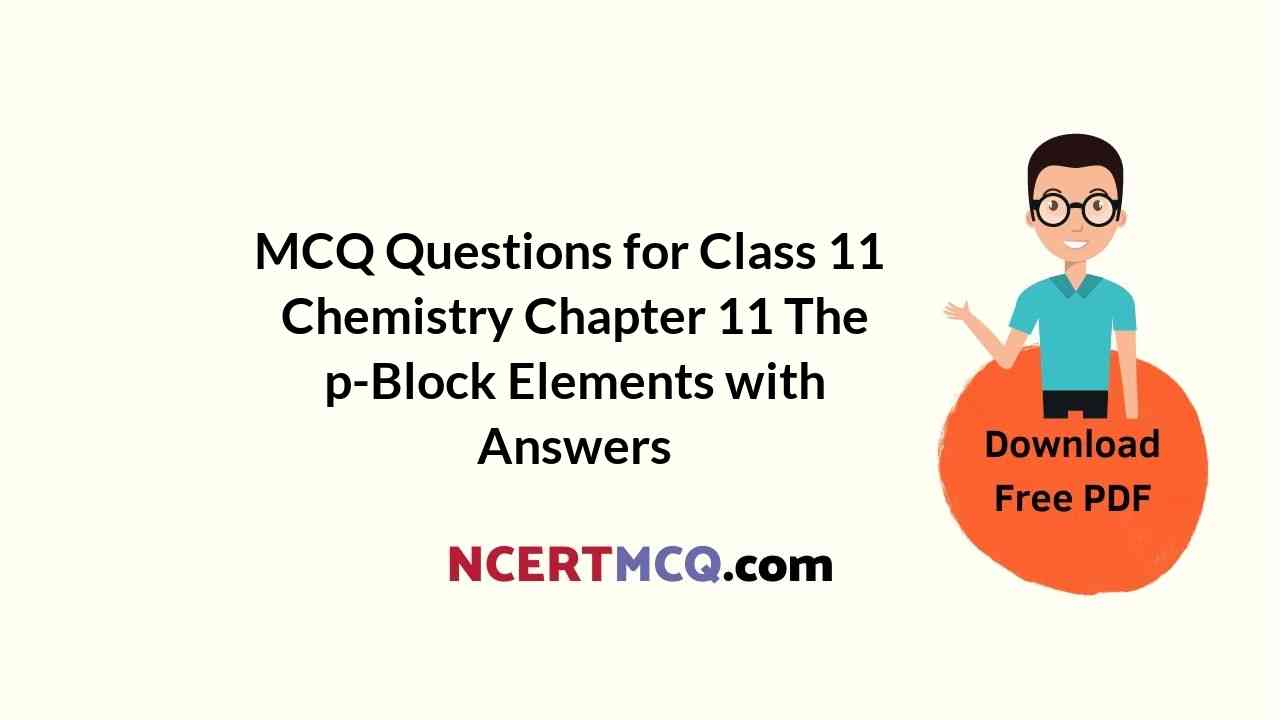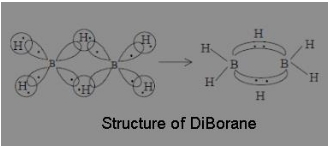Check the below NCERT MCQ Questions for Class 11 Biology Chapter 2 Biological Classification with Answers Pdf free download. MCQ Questions for Class 11 Biology with Answers were prepared based on the latest exam pattern. We have provided Biological Classification Class 11 Biology MCQs Questions with Answers to help students understand the concept very well.
Class 11 Biology Chapter 2 MCQ With Answers
Biology Class 11 Chapter 2 MCQs On Biological Classification
Biological Classification Class 11 MCQ Question 1.
The two kingdom Classification was given by
(a) c.linnaeus
(b) john ray
(c) huxley
(d) whittaker
Answer
Answer: (c) huxley
Biological Classification MCQ Question 2.
Choose the correct pair.
(a) Parasitic fungi – feeds on plants and animals
(b) Saprotrophic fungi – feeds on dead and decaying organic matter
(c) Symbiotic fungi – mycorrhiza
(d) All of the above are true
Answer
Answer: (d) All of the above are true
Explanation:
Saprotrophic fungi feeds on dead and decaying organic matter.
Parasitic fungi feeds on animals and plants.
Symbiotic fungi are of two types mycorrhiza and lichens.
Mycorrhiza – the fungus is in close association with roots of higher plants.
Lichens – fungi is in close relationship with algae.
Class 11 Biology Chapter 2 MCQ Question 3.
Which of the following is used in biochemical and genetic work?
(a) Claviceps
(b) Aspergillus
(c) Neurospora
(d) Mucor
Answer
Answer: (c) Neurospora
Explanation:
Neurospora is used in biochemical and genetic work, it belongs to class Ascomycetes.
MCQ Questions For Class 11 Biology Chapter 2 Question 4.
If a scientist has to names a similar species he should study the
(a) Holotype
(b) syntype
(c) mesotype
(d) isotype
Answer
Answer: (d) isotype
Biological Classification MCQ Class 11 Question 5.
Which of the following is not a viral disease?
(a) AIDS
(b) Herpes
(c) Tuberculosis
(d) Smallpox
Answer
Answer: (c) Tuberculosis
Explanation:
AIDS, herpes and smallpox are viral diseases.
Tuberclosis is a bacterial disease.
MCQ On Biological Classification Class 11 Question 6.
Choose the correct match.
(a) Photosynthetic autotrophs – Nutrient recycling
(b) Chemosynthetic autotrophs – Nitrogen fixation
(c) Heterotrophic bacteria – Production of antibiotics
(d) Mycoplasma – Production of curd
Answer
Answer: (c) Heterotrophic bacteria – Production of antibiotics
Explanation:
Photosynthetic autotrophs helps in fixing atmospheric nitrogen.
Chemosynthetic autotrophs helps in nutrient recycling.
Heterotrophic bacteria helps in making curd, production of antibiotics, etc.
MCQs Of Biology Class 11 Chapter 2 Question 7.
The scientist who created the group protista for both unicellular plants and animals is
(a) haecke
(b) pasteur
(c) lister
(d) koch
Answer
Answer: (a) haecke
MCQ Of Biological Classification Class 11 Question 8.
Binomial nomenclature was given by
(a) huxley
(b) ray
(c) darwin
(d) linnaeus
Answer
Answer: (d) linnaeus
Chapter 2 Biology Class 11 MCQs Question 9.
Which of the following is an indicator of air pollution?
(a) Mycorrhiza
(b) Agaricus
(c) Lichens
(d) Common mushrooms
Answer
Answer: (c) Lichens
Explanation:
Lichens are the indicators of air pollution.
Lichens are the association between fungi and algae. They do not grow in polluted areas.
Ch 2 Bio Class 11 MCQ Question 10.
The natural system of Classification is based on
(a) morphology
(b) evolutionary trend
(c) anatomy
(d) all of the above
Answer
Answer: (d) all of the above
Class 11 Bio Chapter 2 MCQ Question 11.
Potato spindle tuber disease is caused by
(a) Phycobionts
(b) Virus
(c) Bacteria
(d) Viroids
Answer
Answer: (d) Viroids
Explanation:
In 1971, Diener discovered a new infectious agents called Viroids that was smaller than viruses.
These viroids causes potato spindle tuber disease.
MCQ Of Chapter 2 Biology Class 11 Question 12.
Quinine is obtained from
(a) Puccinia
(b) Neurospora
(c) Gonyaulax
(d) Cinchona
Answer
Answer: (a) Puccinia
Explanation:
Quinine is obtained from Cinchona officinalis.
Class 11 Biological Classification MCQ Question 13.
According to five-kingdom classification, which of the following does not contain nuclear membrane?
(a) Protista
(b) Monera
(c) Fungi
(d) Animalia
Answer
Answer: (b) Monera
Explanation:
According to five kingdom classification, Monera does not contain nuclear membrane.
Biology Class 11 Chapter 2 MCQs Question 14.
Two organisms of the same class but different families will be kept under the same
(a) genera
(b) species
(c) order
(d) family
Answer
Answer: (c) order
Class 11 Bio Ch 2 MCQ Question 15.
Bacteria that live in hot springs are called
(a) Halophiles
(b) Thermoacidophiles
(c) Methanogens
(d) None of the above
Answer
Answer: (b) Thermoacidophiles
Explanation:
The bacteria that live in hot springs are called thermoacidophiles.
Bacteria that live in salty areas are called halophiles.
Bacteria that live in marshy areas are called methanogens.
Question 16.
Which amongst kingdom animalia has become recently extinct?
(a) snow leopard
(b) indian macaque
(c) cheetah
(d) tiger
Answer
Answer: (c) cheetah
Question 17.
Red tides in sea appear due to
(a) Euglena
(b) Chrysophytes
(c) Dinoflagellates
(d) Diatoms
Answer
Answer: (c) Dinoflagellates
Explanation:
Red tides in sea appear is due to red dinoflagellates.
Gonyaulax undergoes rapid multiplication and makes the sea apear red.
Question 18.
The asexual spores are not found, vegetative reproduction occurs by fragmentation and sexual organs are absent. Identify the class of fungi.
(a) Phycomycetes
(b) Ascomycetes
(c) Basidiomycetes
(d) Deuteromycetes
Answer
Answer: (c) Basidiomycetes
Explanation:
In basidiomycete asexual spores are not found and vegetative reproduction occurs by fragmentation.
Sex organs are absent in this class of fungi.
Question 19.
Match the columns:
1. Basidiomycetes – A. Agaricus
2. Ascomycetes – B. Albugo
3. Phycomycetes – C. Trichoderma
4. Deuteromycetes – D. Saccharomyces
(a) 1-D, 2-A, 3-B, 4-C
(b) 1-A, 2-D, 3-B, 4-C
(c) 1-A, 2-B, 3-D, 4-C
(d) 1-C, 2-D, 3-A, 4-B
Answer
Answer: (b) 1-A, 2-D, 3-B, 4-C
Question 20.
Trypanosoma causes
(a) Dysentry
(b) Mumps
(c) Sleeping sickness
(d) Cholera
Answer
Answer: (c) Sleeping sickness
Explanation:
Trypanosoma causes sleeping sickness.
We hope the given NCERT MCQ Questions for Class 11 Biology Chapter 2 Biological Classification with Answers Pdf free download will help you. If you have any queries regarding CBSE Class 11 Biology Biological Classification MCQs Multiple Choice Questions with Answers, drop a comment below and we will get back to you soon.
Class 11 Biology MCQ:
- The Living World Class 11 MCQ
- Biological Classification Class 11 MCQ
- Plant Kingdom Class 11 MCQ
- Animal Kingdom Class 11 MCQ
- Morphology of Flowering Plants Class 11 MCQ
- Anatomy of Flowering Plants Class 11 MCQ
- Structural Organisation in Animals Class 11 MCQ
- Cell: The Unit of Life Class 11 MCQ
- Biomolecules Class 11 MCQ
- Cell Cycle and Cell Division Class 11 MCQ
- Transport in Plants Class 11 MCQ
- Mineral Nutrition Class 11 MCQ
- Photosynthesis in Higher Plants Class 11 MCQ
- Respiration in Plants Class 11 MCQ
- Plant Growth and Development Class 11 MCQ
- Digestion and Absorption Class 11 MCQ
- Breathing and Exchange of Gases Class 11 MCQ
- Body Fluids and Circulation Class 11 MCQ
- Excretory Products and their Elimination Class 11 MCQ
- Locomotion and Movement Class 11 MCQ
- Neural Control and Coordination Class 11 MCQ
- Chemical Coordination and Integration Class 11 MCQ
